According to Gammon Construction CEO, Thomas Ho, the construction industry needs to repackage, rebrand and reinvigorate itself in order to both appeal to the next savvy generation of workers and sustain the construction industry of tomorrow.
For Thomas Ho, the construction industry of his youth is under attack, not from weapons or cement-seeking missiles, but from a fundamental shift in global thinking that is witnessing the questioning of everything that influences and impacts upon our lives, from where and how we live to the very materials and methods used to construct our homes, offices and recreational spaces.
 “Looking forward, the biggest issue we all face in Hong Kong is the urgent need to revitalise our industry’s workforce,” states Ho. “Put simply, all stakeholders must share the task of making construction a more worthwhile career so that we can attract younger workers and build the right balance of talent and experience. This could then be augmented, if necessary, by bringing in overseas specialists to work on certain projects.”
“Looking forward, the biggest issue we all face in Hong Kong is the urgent need to revitalise our industry’s workforce,” states Ho. “Put simply, all stakeholders must share the task of making construction a more worthwhile career so that we can attract younger workers and build the right balance of talent and experience. This could then be augmented, if necessary, by bringing in overseas specialists to work on certain projects.”
“To sustain our business model, we must adapt to these conditions. Appropriate financial systems provide the main tool for increasing or decreasing the quantity of materials and equipment required to meet changing demand. However, sourcing people with the right skills is a much greater challenge.”
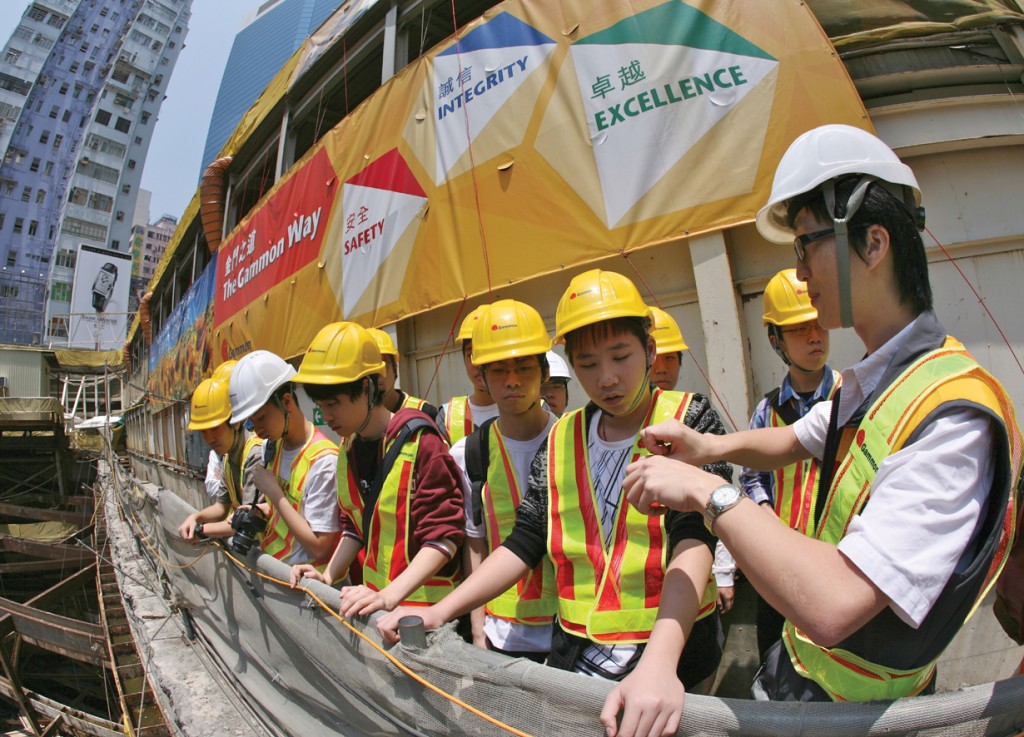 Here Ho makes specific reference to the HKSAR Financial Secretary John Tsang’s announcement in February that the Government had ear-marked $100 million in the 2010 budget to help train construction workers. In line with this, the Construction Industry Council Training Academy is now introducing the 5-8-1 training scheme that aims to attract and train qualified skilled workers in trades that are experiencing a shortage of workers.
Here Ho makes specific reference to the HKSAR Financial Secretary John Tsang’s announcement in February that the Government had ear-marked $100 million in the 2010 budget to help train construction workers. In line with this, the Construction Industry Council Training Academy is now introducing the 5-8-1 training scheme that aims to attract and train qualified skilled workers in trades that are experiencing a shortage of workers.
“Our industry needs to attract and retain a variety of people, ranging from the professional chartered engineers to the many skilled labourers working on site. Currently, our industry has an ageing workforce and has failed to attract young blood for the past decade. Data as of August 2009 shows that 67% of construction workers are over 40 and less than 12% are under 30 years of age This is leaving us with a shortage of the skilled trades we need for major infrastructure and tunnel projects.”
Ho elaborates, stating that while the industry is not doing enough to bring in the right people, the implementation of a few basic changes could see the industry as a whole viewed in a completely new and positive way. 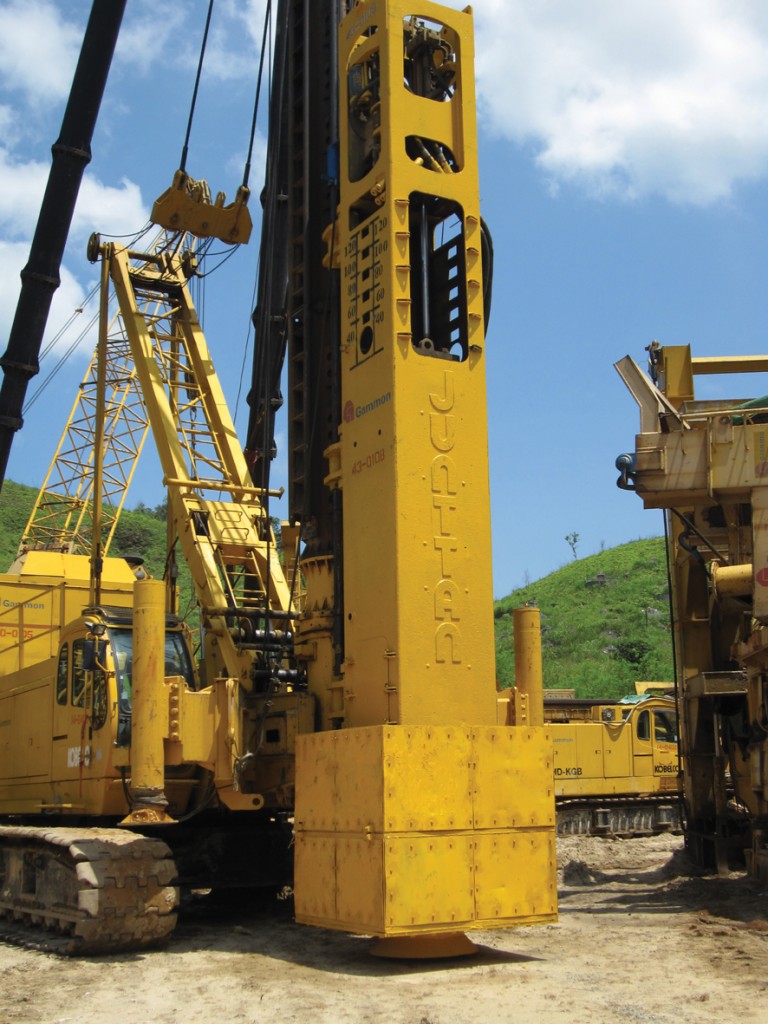
“Firstly, we believe it is time to consider a 5-day work week,” states Ho. “This does not mean ending weekend or night work; but simply ensuring everybody in our industry works no more than 5 successive days. Secondly, as an industry we must go further towards improving skills and productivity, and ensuring a reasonable wage and long-term prospects for making a decent living in order to attract and most especially, retain the talent we attract. At Gammon, we already monitor the wage levels of our workers closely to ensure our pay is competitive in Hong Kong and we also endeavour to provide continuity of work to our workforce.”
Finally, our industry should strive to be more respectful to workers by ensuring safe working conditions and assigning well-planned work. Workers must also be paid on time and receive their MPF contributions.
The Government could also help workers recover wages and entitlements more quickly by reducing the lead-time required to complete legal procedures. Ho states that in relation to guaranteeing both a sustainable industry and as a result a sustainable city, there also needs to be greater consultation between client and construction companies.
“In relation to green strategies, at Gammon we are proud to have been at the forefront of green building movement and for many years, we have helped clients achieve certification for green buildings,” continues Ho. “We believe green strategies must now extend beyond buildings and into infrastructure, into the very fabric of our lives. We advocate use wisely, waste less and emit less in all of our projects. 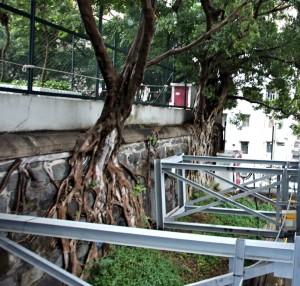
“In line with this, Hong Kong in November is hosting the C40 Cities Workshop. This will be an excellent opportunity for Hong Kong, as a world-class city, to launch its plans for a low carbon future. In Singapore, the comprehensive 2030 blueprint entitled “A Lively and Liveable Singapore: Strategies for Sustainable Growth” is a good model produced in relation to another Asian city that should be given due consideration by authorities here in Hong Kong.”
One of our key stakeholders is the public, and as a contractor we are often an interface between them and our clients. With growing interest in Hong Kong’s expanding infrastructure and concerns for better living, we are increasing engagement with communities impacted by our works. As an industry we must all go further in understanding the public’s needs.
In line with Gammon’s commitment to growing the industry and society it also offers a unique fellowship programme for final-year student committed to building capabilities in the society, a one-year work experience scheme for final-year students and in 2009 hired 80% of the people originally taken on as fellows.
Gammon also continues its focus on education and was one of the sponsors of ‘Corporate Sustainability 4 Schools’, a school-business bridging programme that helps students understand the triple bottom line – profit, people and planet – driving the sustainable growth of business and arranges site visits and talks for schools.
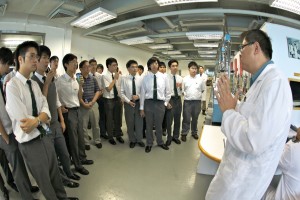 “Hong Kong is responding to this global issue of climate change and a low carbon future,” states Ho. “The increasing prevalence of green buildings in Hong Kong and the positive impact this has in terms of tendering, procurement, construction methods, specifications and assessment is clear evidence that the building sector is moving forward. Gammon is proud to have been at the forefront of this green building movement, completing Hong Kong’s first BEAM-certified building – Lincoln House – in 1998.” Today, Gammon’s projects are meeting international standards of green building. In 2009 the Hennessy Centre Redevelopment project became the first building in Hong Kong to achieve Platinum pre-certification under the Leadership in Energy and Environmental Design (LEED) system of the US Green Building Council.
“Hong Kong is responding to this global issue of climate change and a low carbon future,” states Ho. “The increasing prevalence of green buildings in Hong Kong and the positive impact this has in terms of tendering, procurement, construction methods, specifications and assessment is clear evidence that the building sector is moving forward. Gammon is proud to have been at the forefront of this green building movement, completing Hong Kong’s first BEAM-certified building – Lincoln House – in 1998.” Today, Gammon’s projects are meeting international standards of green building. In 2009 the Hennessy Centre Redevelopment project became the first building in Hong Kong to achieve Platinum pre-certification under the Leadership in Energy and Environmental Design (LEED) system of the US Green Building Council.
“As of late 2009, every building project in our portfolio was being undertaken to meet green building standards. Moreover, the revenue value of our green building works portfolio in 2009 was 128% higher than the previous year and represented around 30% of our total turnover. It is widely thought that green buildings are laying the vital foundations for tomorrow’s low-carbon economy.”
Ho cites the Tamar Development Project that won the 2009 Hong Kong Awards for Environmental Excellence Sectoral Award (Gold) for the construction industry. The judges cited the approach of the Gammon-Hip Hing Joint Venture, including energy saving, an innovative formwork strategy, and earthworks. The joint venture’s project team also received praise for engaging with stakeholders to promote sustainable construction, while taking comprehensive steps to reduce waste and increase energy efficiency.
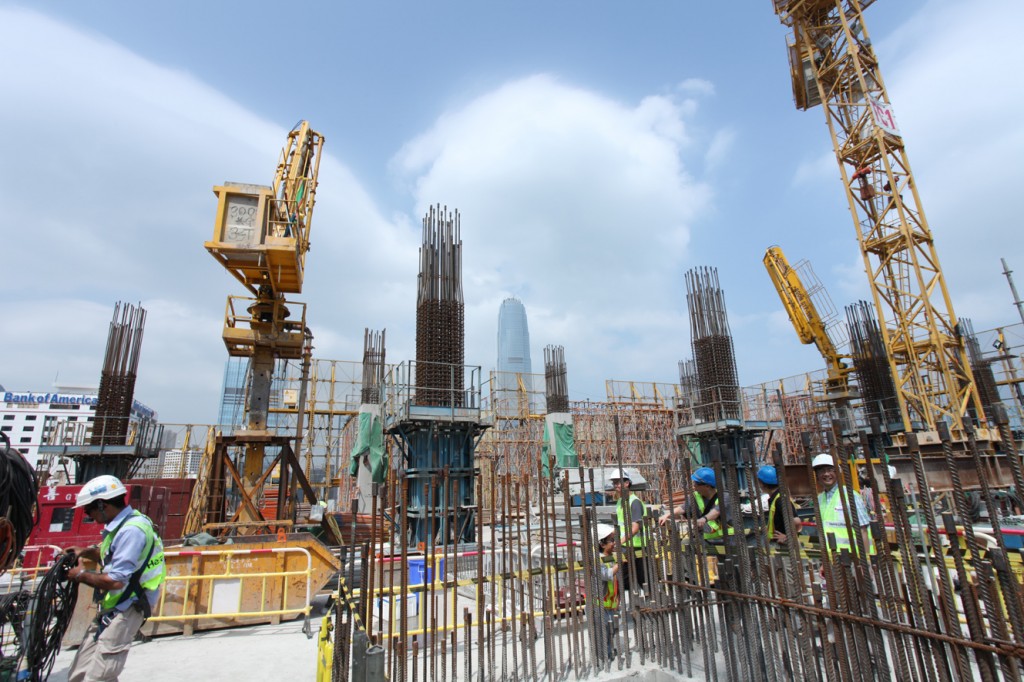 “The design of the new Tamar Development Project maximises urban ventilation, creates connectivity for people between the harbour and the surrounding districts and beyond. Specific green features include solar-powered lighting, rainwater recycling, shading devices, natural lighting and double-layer ventilated facades.
“The design of the new Tamar Development Project maximises urban ventilation, creates connectivity for people between the harbour and the surrounding districts and beyond. Specific green features include solar-powered lighting, rainwater recycling, shading devices, natural lighting and double-layer ventilated facades.
During construction, environmental merits have included sophisticated waste management and remediation of contaminated soil for reuse within the project.
In conclusion, Ho states that the future holds other challenges that the industry as a whole must share and that what we build today is the legacy that will determine whether we can sustain the industry at its current level of productivity while also achieving a low carbon future tomorrow.













